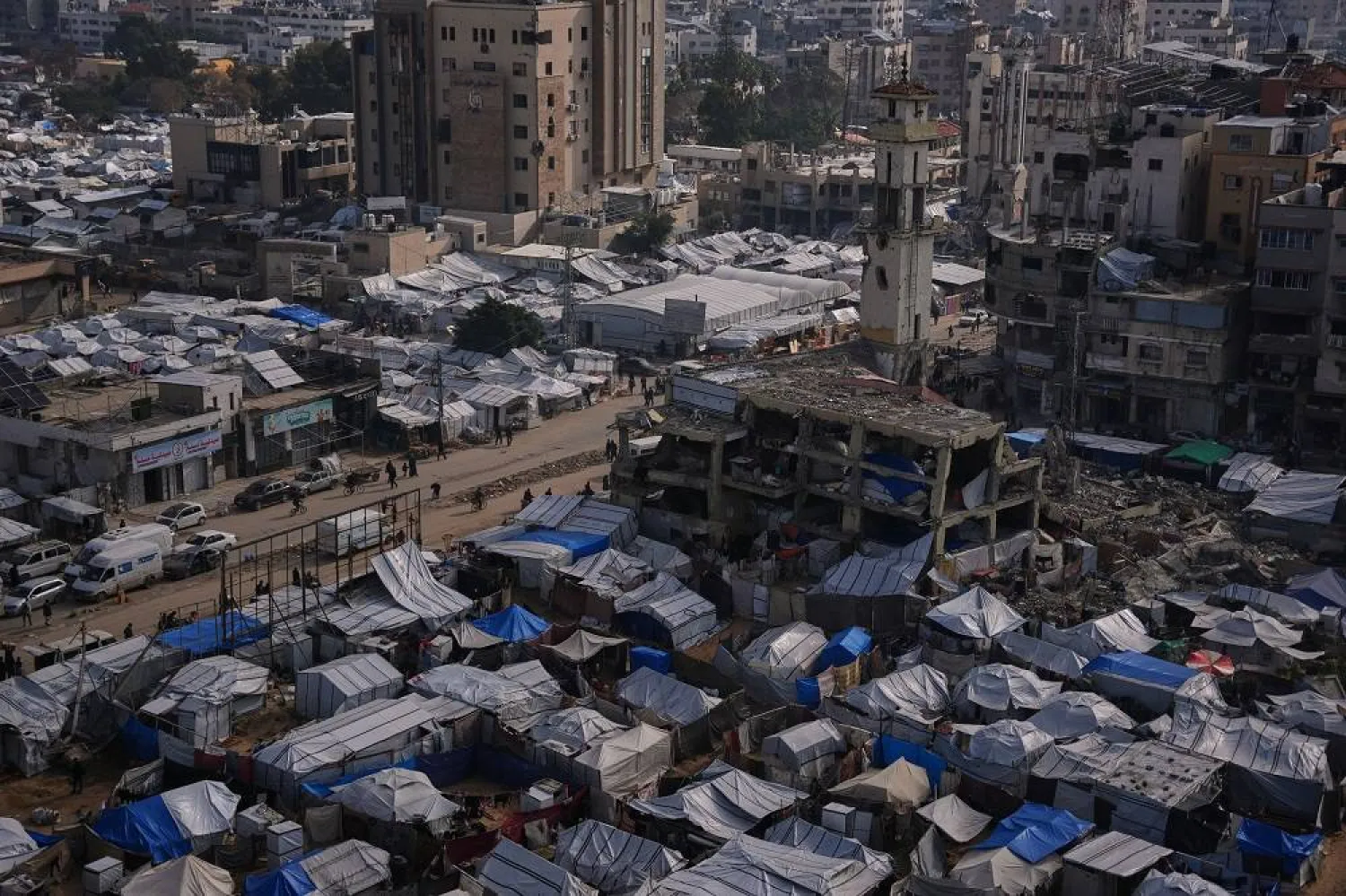Sudan denied claims that it was involved in an armed group's attempt to attack the Grand Ethiopian Renaissance Dam (GERD), the second accusation of its kind involving Sudan in the Ethiopian crisis.
The Ethiopian army announced that it had thwarted an attempt by elements allied with Tigray People's Liberation Front (TPLF) to infiltrate Sudan's territory to the GERD site to disrupt its construction.
Army spokesman Al-Tahir Abu Haga asserted that the Ethiopian army's accusation of Sudan of supporting the Tigray militants was unfounded.
He pointed out that Sudan and its army do not interfere in the internal issues of neighboring Ethiopia, calling on the leadership in Addis Ababa to work on resolving their conflicts without dragging Khartoum in them.
The Ethiopian army accused Sudan of providing support to Tigray fighters who tried to infiltrate from the Mahalla area on the border between the two countries. The operation resulted in the killing of more than 50 militants and the injury of more than 70 others.
Last August, Ethiopia rejected Sudan's mediation in the Tigray region crisis, arguing that it was a "biased party" in the armed conflict between the Liberation Front and the Ethiopian Defense forces.
The Ethiopian army chief Birhanu Jula accused that small groups within the Sudanese government work for a third party to drag the two countries into war over the border.
The Sudanese government emphasized its keenness on the unity, security, and stability of neighboring Ethiopia more than once.
It called on the battling parties to engage in negotiations for comprehensive national dialogue.
The government fears the Ethiopian crisis will affect stability in the region and neighboring countries.
Ethiopia had previously rejected the efforts of Sudanese Prime Minister Abdullah Hamdok to mediate in the Tigray conflict.
It also rejected any moves by the African Union (AU) and the Intergovernmental Authority on Development (IGAD) to intervene to solve the crisis.
Following the outbreak of war between the Ethiopian government and the Tigray region in November 2020, the Sudanese army deployed its forces to the border in the east to protect its lands and prevent the warring parties from launching any military operations from within Sudan.
The Sudanese army regained control over more than 90 percent of its territory, including the al-Fashqa area, which was occupied by Ethiopia, prompting the latter to accuse it of exploiting the domestic situation to attack its lands.









